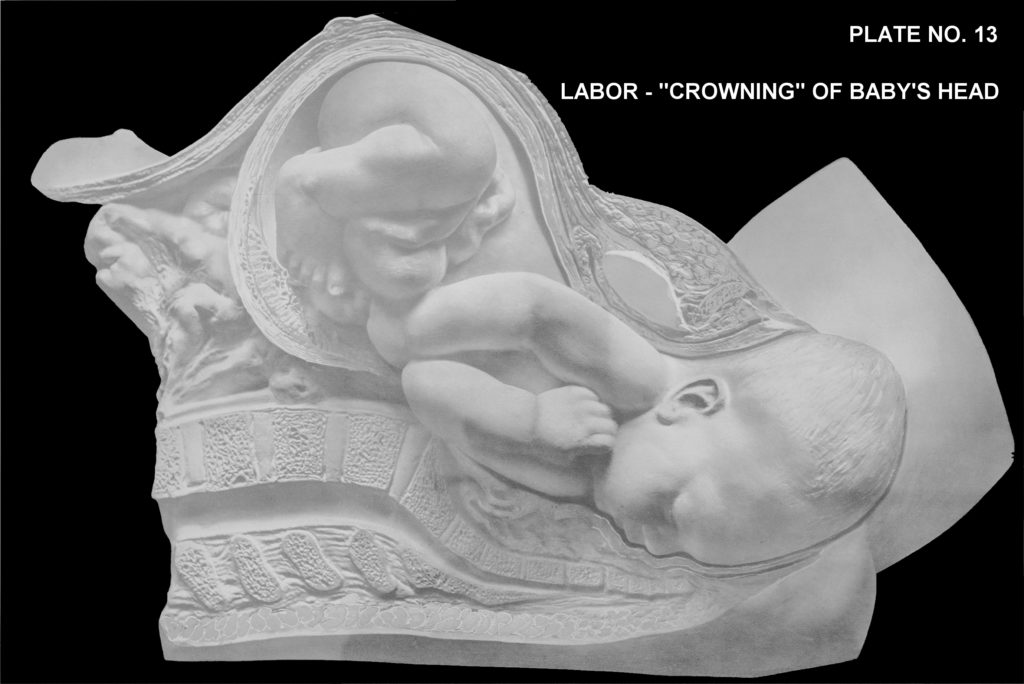Childbirth
What is that natural course of labour, which stages does it consist of, where do you want to give birth and when will you travel if you want to give birth in an institution? Some important aspects of your labour will be discussed, such as birthing positions, episiotomy and cutting the umbilical cord.
The stages of labour: Labour consists of different stages. During the first stage your cervix gradually opens. The second stage begins when you start pushing to give birth your baby and the placenta is expelled during the third stage.
The first stage of labour: latent fase
The first stage of labour is divided in the latent and active stage. The latent stage continues until about 5 centimeters dilatation. This stage can vary the most and lasts from a few hours to a few days. First, the cervix has to become soft; then it becomes shorter. If the cervix has become thin, dilatation starts. Contractions during the latent stage are often irregular; a few contractions every 3 minutes followed by a break of 7 minutes, for example. Or you have contractions during the night but they subside by the morning. This is very normal. Because this stage can take quite some time, it is good to rest and sleep a little if you can. You need your energy later on!
The first stage of labour: active stage
The active stage is from about 5 centimeters until full dilatation (10 centimeters). The cervix can not be felt anymore. This stage is a bit more predictable than the latent stage. On average dilatation will be one centimetre an hour, but slower progress can still be normal.
Second stage
If the cervix is fully dilated, the second stage begins. The nature of the contractions changes and you feel increasing pressure on your pelvic floor. Most women feel that they need to push. You can not stop this pushy feeling, the muscles of your womb are very strong and push the baby downwards. The second stage lasts an hour on average for a first baby but it can be longer. The first time, your pelvic floor is still quite stiff and needs to stretch to let the baby through. The second time, the pelvic floor has already been stretched before and pushing is therefore usually a lot faster.
During the last part of the second stage a small part of the baby’s head becomes visible at first and this increases every time you push. At this time we try to coach you as well as we can. We tell you when to push and when to pant. That way, the baby’s head can be born slowly. We support your perineum with hot compresses to relieve the pressure. When the largest diameter of the head passes through your vagina, this may be very intense and this is called ‘ the ring of fire’. If the baby’s head is born gently, the skin of the perineum can stretch gradually. This limits the chance of tearing. See perineal massage. When the largest part of the baby’s head is born, the baby will often be born within one or two contractions and can go onto your chest immediately.

The third stage
During this stage the placenta is born. We wait for signs that your placenta has separated from the wall of your womb. This takes about 10 to 30 minutes. Sometimes we give you an injection of oxytocin if your blood loss is too much or if there are reasons for you to have a higher chance of bleeding too much. Oxytocin is the hormone that encourages your womb to contract so that the placenta is expelled.
Where to give birth
Birth at home or in hospital. In the Netherlands you can choose between giving birth at home, in a birth centre or in hospital. If you have no complications we will look after you at home, in hospital on the labourward, in the birth centre at OLVG west: In hospital an obstetric nurse will assist us during the birth. At home, in the birth centre or birth hotel this will be a maternity care assistant
When to go to hospital. Spontaneous birth always starts at home. Only inductions of labour start in hospital. If you do not want to give birth at home, you go to the place where you want to give birth when you are in the active stage of labour. If you relocate in early labour, the contractions can subside or disappear.
Birthing positions
The supine birthing position with the legs in stirrups is most commonly known. But often this is not the most favourable position to give birth to your baby. In an upright position (standing or sitting) gravity may help you. We often assist women who give birth on a birthing stool but many other positions are possible as well, read more. You can also use a birthing pool during labour or even at the time of birth. In ‘Bevalcentrum west’ two of the rooms have a pool, in the birth hotel all rooms have this. At home you can rent a pool, see here
Episiotomy or not
We try to avoid an episiotomy as much as we can. Sometimes it is necessary to speed up the birth of your baby. In most cases, it is better to tear a little bit because tears heal more easily. We use warm compresses to support the perineum. This reduces your chance of tearing. See also perineal massage.
The umbilical cord
After birth, the umbilical cord will be cut. This is a symbolic moment and often your partner does this. But this is not compulsory. We like to wait until the cord has stopped pulsating, so that your baby gets as much oxygen rich blood from you as possible. This usually takes a few minutes.
For partners
As a partner it may be difficult to see your loved one in pain. It may seem as if you cannot do much at all. Of course you cannot take over the contractions but you can still do a lot to support your partner. Every labouring woman is different and needs different things. Some women like a massage while others do not like to be touched at all. It is important to ask your partner what she needs.

